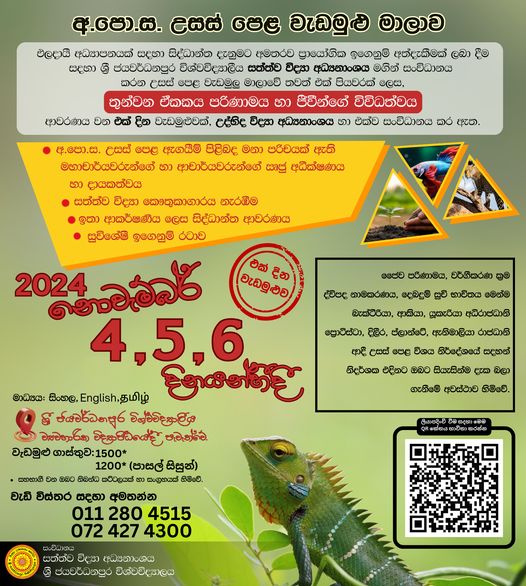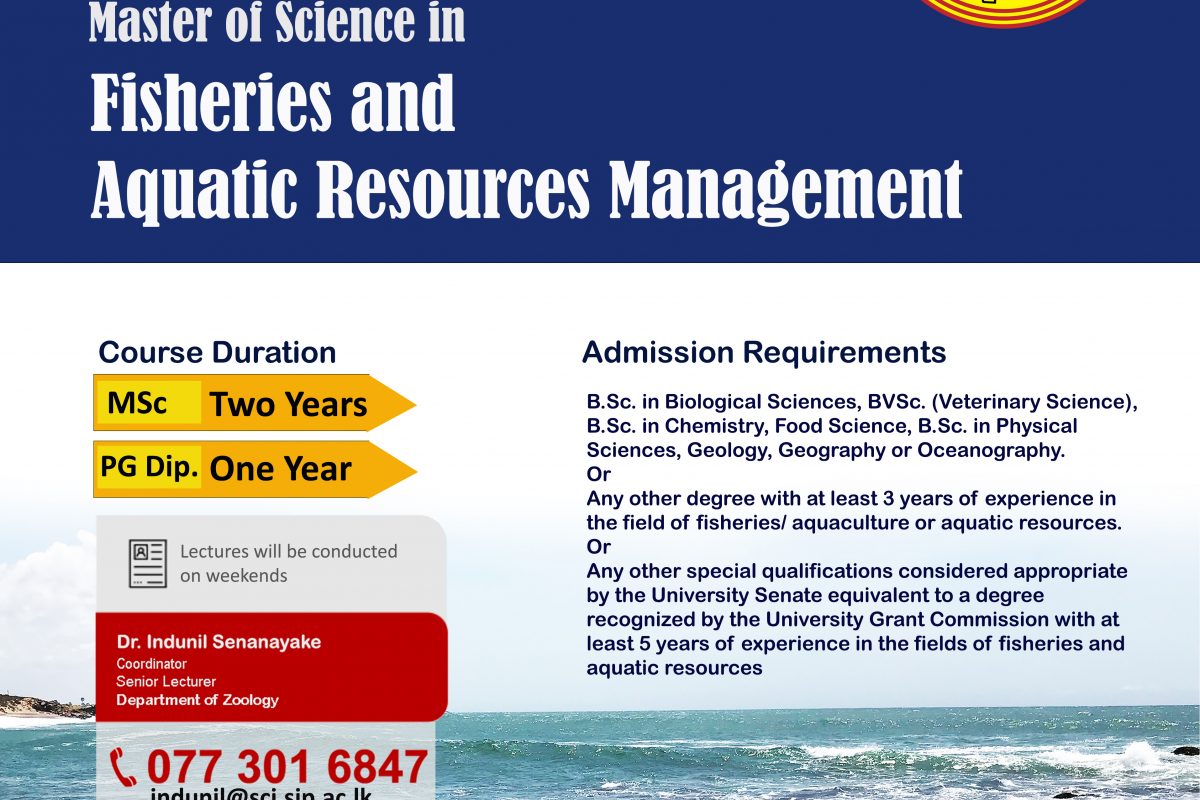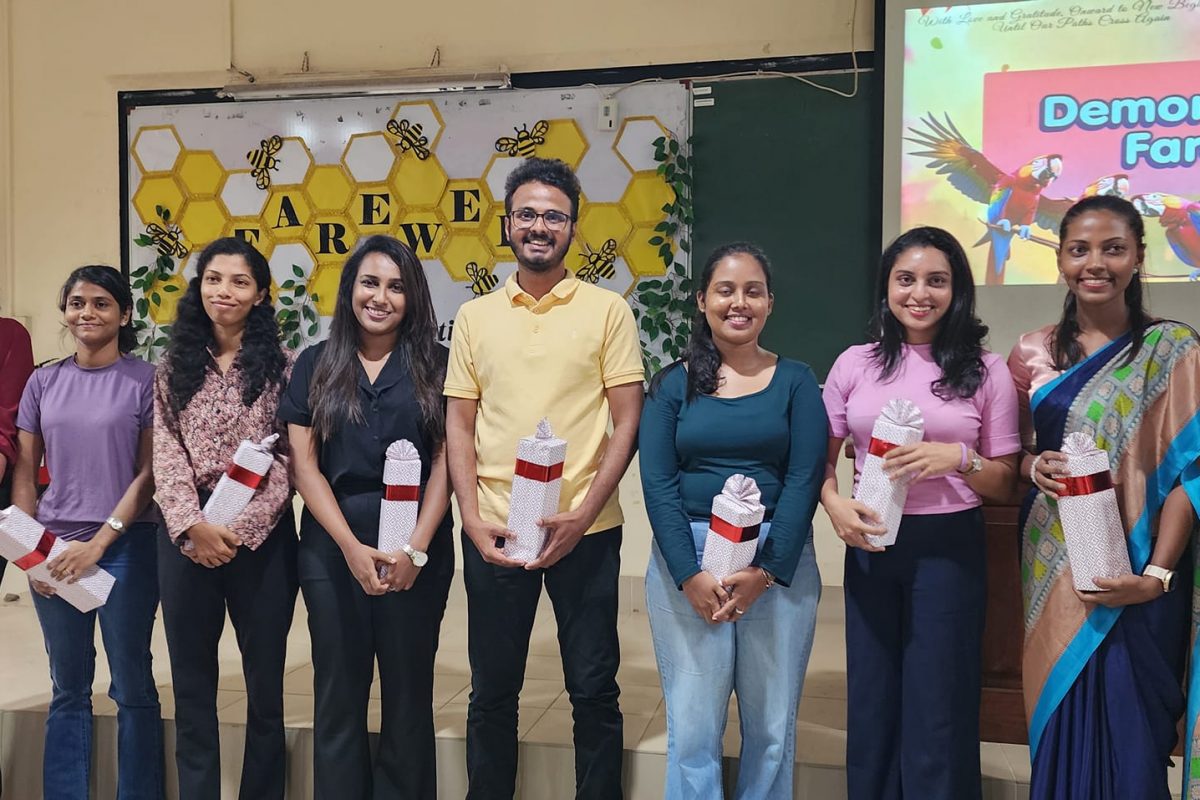


MSc / Postgraduate Diploma in Fisheries and Aquatic Resources Management
The Masters Degree / Postgraduate Diploma in Fisheries and Aquatic Resources Management is designed to meet the increasing need for highly skilled multidisciplinary managers, biologists or biologically literate mathematicians and statisticians to work in the fields of fisheries and aquatic resources in order to address the management challenges of the present day aquatic resources.
For whom:
Managers, Researchers, Scientists and Academics who are working in the fields of fisheries and aquatic resources in government, non-government and private sector institutions. The course is also suitable for graduates seeking entry to such disciplines
Duration :
Two years for Masters degree (MSc) with a exit window for one year Postgraduate Diploma (PG Dip)
Course Fee : Rs. 295,000/-
Eligibility:
- BSc in Biological Sciences (Zoology, Botany, Forestry, Environmental Science, Microbiology, Marine Science, Fisheries Science, Agriculture). or
- BVSc (Veterinary Science), BSc in Chemistry, Food Science, Physical Sciences, Geology, Geography or Oceanography. or
- Any other degree with at least 3 years of experience in the field of fisheries or aquatic resources. or
- Any other special qualifications considered appropriate by the University Senate equivalent to a degree recognized by the University Grant Commission with at least 5 years of experience in the fields of fisheries and aquatic resources.
Application Closing Date: 20th August 2024
APPLY NOW
For more information
Dr. Indunil Senanayake
Coordinator, MSc/PGD in Fisheries and Aquatic Resources Management
Senior Lecturer, Department of Zoology
Faculty of Applied Sciences
University of Sri Jayewardenepura
Nugegoda
Phone (mobile): (+94) 77 301 6847
E-mail: indunil@sci.sjp.ac.lk
Contact Faculty of Graduate Studies
Mrs. Sachintha Ranathunga: (+94) 11 288 1557
As the academic year comes to a close, we bid a bittersweet farewell to our incredible team of demonstrators from the Department of Zoology. Your dedication, enthusiasm, and expertise have been instrumental in shaping the learning experiences of our students. From leading practical sessions to sharing your passion for the natural world, you have truly made a difference in the lives of many.
Prof.D.C.T.Dissanayake has been honored with the Presidential Award for Inventors 2024 (Merit category) by the Sri Lanka Inventors Commission!
Congratulations on your outstanding achievement!!!











